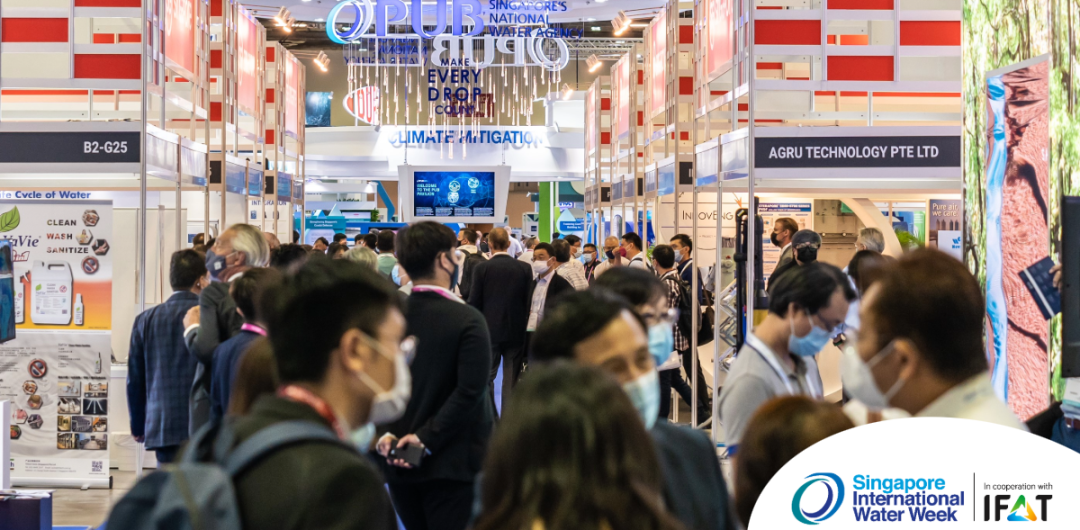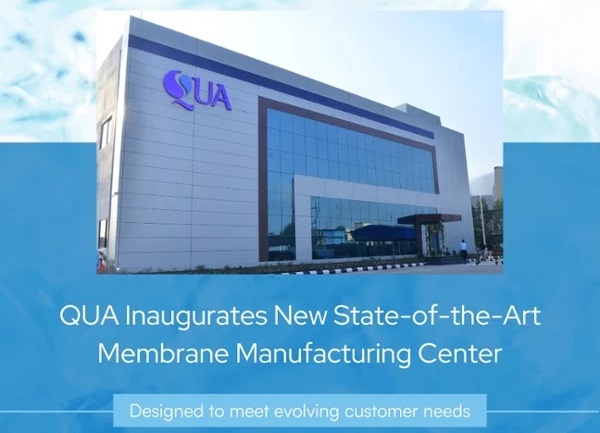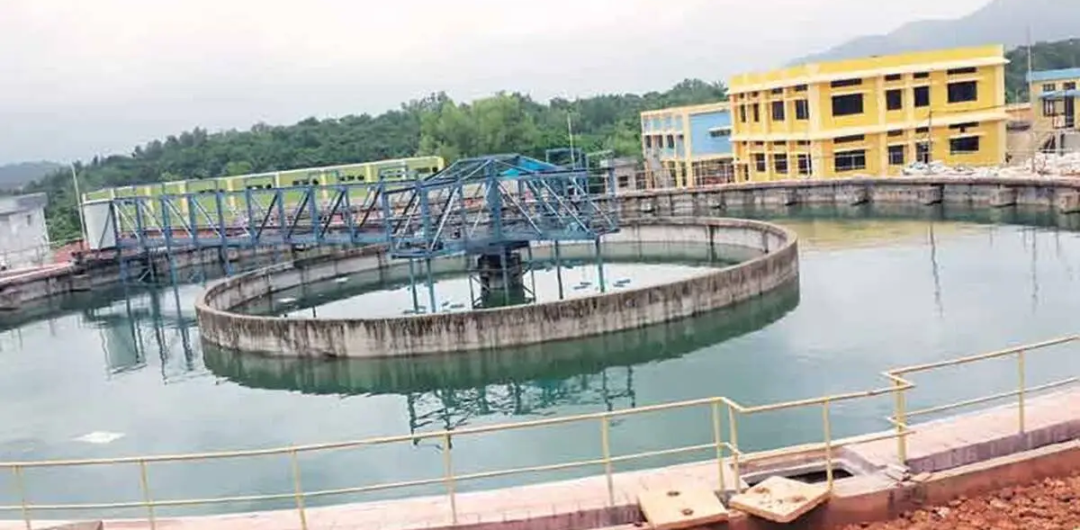STL, one of the industry’s leading integrators of digital networks today announced that 100% of its Indian manufacturing facilities are now Zero Liquid Discharge (ZLD) certified by Deutsch Quality Systems (DQS India). This is a great milestone for STL in its UN SDG goal of attaining ‘Water Positivity by 2030’.
While India only has 4% of the world’s freshwater reserves at present, the demand will rise by over 70% by 2025, stressing water supply chains like never before. For STL, water management is a top priority in its materiality matrix. This has led STL to develop water-resilient communities and undertake rainwater harvesting and technology interventions to optimize water demand and adherence to stringent ZLD protocols.
AT STL, the water management process is carried out through Sewage (STP), Effluent Treatment (ETP) and Multi-effective Evaporator (MEE) plants. The ZLD process involves an in-depth understanding of the liquid waste profiles and in-plant modifications to minimize water usage. The wastewater is chemically treated to remove chlorine and solid particles. It then undergoes three-tiered centrifugation to remove salt and suspended particles, making it fit for reuse in boilers and scrubbers. The entire process is digitally monitored using a Supervisory Control and Data Acquisition (SCADA) architecture and shift dashboards.
STL has replicated this ZLD framework successfully for all six manufacturing plants across Aurangabad and Silvassa, in Maharashtra, India. All these combined initiatives have helped STL recycle 145,000+ cubic meters of wastewater from manufacturing in FY22 across its manufacturing facilities.
Commenting on the achievement, Akanksha Sharma, Global ESG Head, STL, said, “Water conservation and re-usage is top of the agendas of the companies committing to sustainable business practices. The ZLD certification for all our manufacturing locations in India depicts our conviction that with the right technical innovation, intent, and ecological foresight, it is possible to conserve water and put it to re-usage while operating sustainably. “
STL becomes the world’s first optical manufacturer to be ‘Zero Liquid Discharge’ certified





